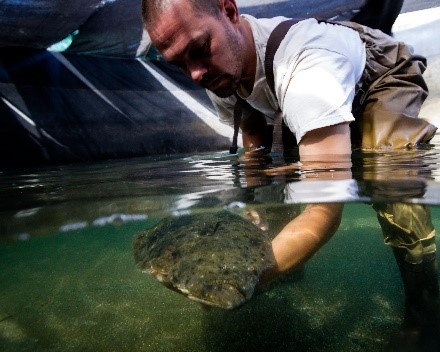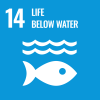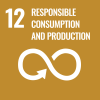
California Halibut Aquaculture
The California halibut (Paralichthys californicus) is a good candidate for aquaculture due to its good growth, survival and high commercial value. Several farms in the Western coast of North America are currently evaluating the potential of this species under commercial conditions. However, one of the main problems in the production of juveniles for commercial purposes is the high percentage of malpigmented fish obtained after metamorphosis (up to 80%). This problem seems to be related, among other things, to nutritional deficiencies during the larval period, in particular to the quantities and proportions of highly unsaturated fatty acids (HUFAs) in the diet. As a first approach to reduce malpigmentation, improve growth and determine the requirement for DHA in California halibut late larvae, we evaluated the effect of four levels of dietary DHA (0, 1, 2, and 4% of total fatty acids in the diet) on growth, survival, weaning success and pigmentation. Based on a second order polynomial regression, the recommended DHA level in the diet for pre-metamorphic larvae to attain adequate growth and survival as estimated here for recently settled California halibut at 50 dph was 1.21% DHA of total fatty acids (TFA). However, for post-metamorphosis fish (75 dph) highest pigmentation rates, growth and survival are obtained with 2.40% DHA of TFA in the diet during the Artemia feeding period.








More information on the Dick Laub Replenishment Program
